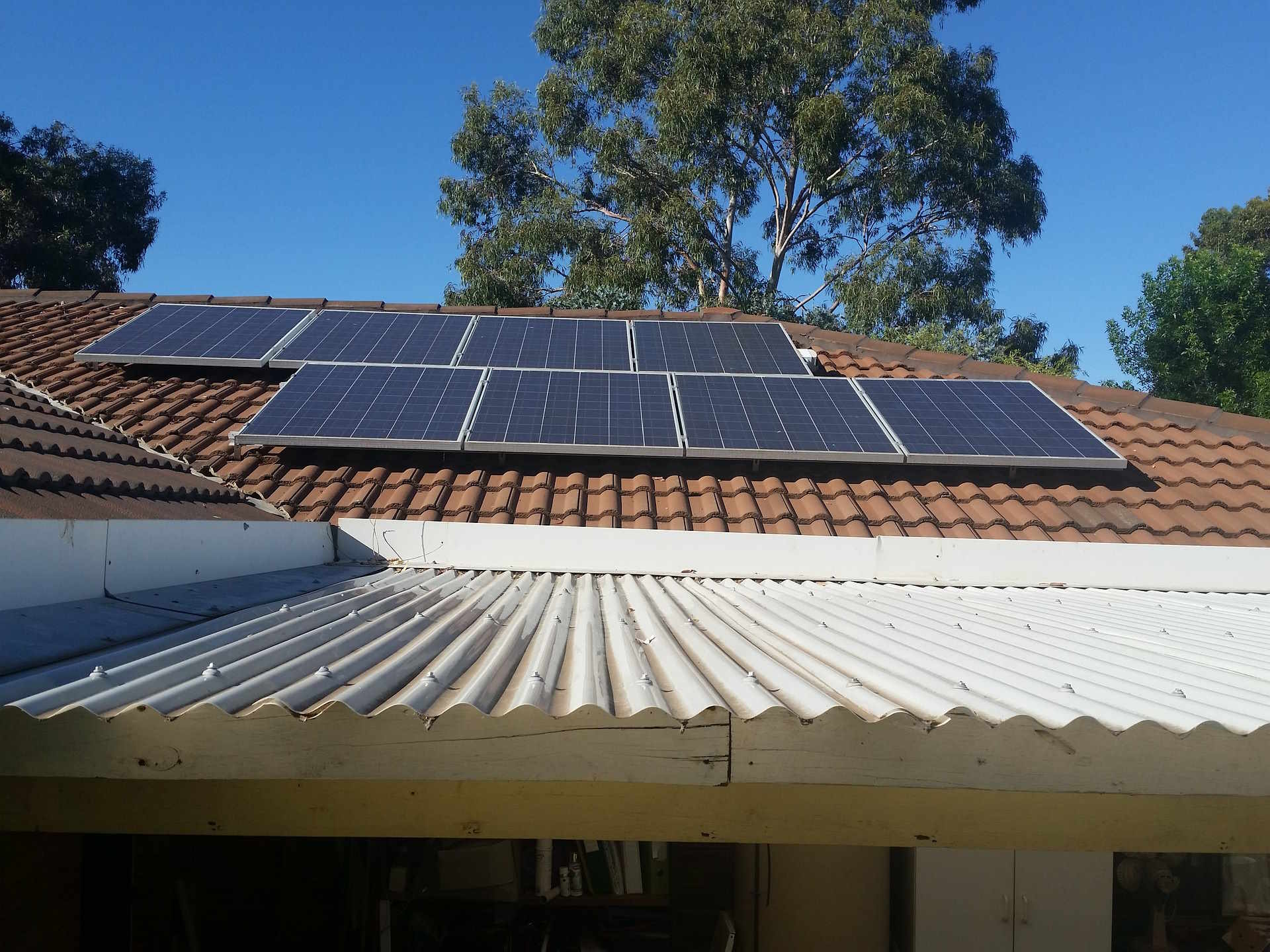Learn More About Residential Solar Panel Systems and Installation Choices
With energy costs rising and environmental concerns growing, more homeowners and businesses are considering solar energy as a sustainable solution. But not all solar systems are created equal. This article breaks down the different types of solar energy setups, how they work, and what to consider before making the switch. From installation and maintenance to financing and potential savings, discover what you need to know to make an informed decision about solar power for your property.

What are the different types of solar panel systems?
Residential solar panel systems come in various configurations, each suited to different needs and circumstances. The two main categories are grid-tied and off-grid systems.
Grid-tied systems are the most common type of residential solar installation. These systems remain connected to the local power grid, allowing homeowners to draw electricity from the grid when their solar panels are not producing enough power, such as during nighttime or on cloudy days. Excess energy generated by the solar panels can be fed back into the grid, often resulting in credits on the homeowner’s electricity bill through a process called net metering.
Off-grid systems, on the other hand, operate independently of the local power grid. These systems typically require battery storage to provide power during times when the solar panels are not generating electricity. Off-grid systems are ideal for remote locations where connecting to the power grid is not feasible or cost-effective.
How does the solar installation process work?
The solar installation process involves several key steps, from initial assessment to final activation. Here’s a general overview of what homeowners can expect:
-
Site assessment: A solar professional evaluates your property to determine its suitability for solar panels, considering factors such as roof condition, shading, and orientation.
-
System design: Based on the assessment and your energy needs, a custom solar panel system is designed for your home.
-
Permitting: The necessary permits and approvals are obtained from local authorities.
-
Installation: Solar panels are mounted on your roof or ground-mounted system, and electrical connections are made.
-
Inspection: Local officials inspect the installation to ensure it meets all safety and building codes.
-
Grid connection: For grid-tied systems, the utility company installs a new meter and connects the system to the grid.
-
Activation: Once all approvals are in place, your solar panel system is activated and begins generating electricity.
What are the differences between off-grid and grid-tied solar systems?
The choice between off-grid and grid-tied solar systems depends on various factors, including location, energy needs, and personal preferences.
Grid-tied systems offer several advantages:
-
Lower initial costs, as they don’t require battery storage
-
The ability to draw power from the grid when needed
-
Potential for earning credits through net metering
-
Simpler maintenance and operation
Off-grid systems, while more complex and costly, provide:
-
Complete energy independence
-
Reliability in areas with frequent power outages
-
Suitability for remote locations
-
No reliance on utility companies or grid infrastructure
What are the benefits of residential solar power?
Residential solar power offers numerous advantages to homeowners:
-
Reduced electricity bills: Solar panels can significantly lower or even eliminate monthly electricity costs.
-
Environmental impact: Solar energy is clean and renewable, reducing your carbon footprint.
-
Energy independence: Solar power provides a degree of independence from utility companies and rising energy costs.
-
Increased home value: Solar installations can increase property values and attract environmentally conscious buyers.
-
Low maintenance: Solar panels require minimal upkeep and have long lifespans, often 25-30 years or more.
-
Tax incentives and rebates: Many governments offer financial incentives for installing solar systems, further reducing costs.
How can businesses benefit from solar energy?
Solar energy isn’t just for residential use; businesses can also reap significant benefits from solar installations:
-
Cost savings: Reduced energy bills can lead to substantial long-term savings for businesses.
-
Corporate social responsibility: Solar adoption demonstrates a commitment to sustainability, which can enhance brand image.
-
Tax incentives: Many jurisdictions offer tax breaks and incentives for businesses that invest in solar energy.
-
Energy independence: Solar power can provide a hedge against fluctuating energy prices and potential grid instability.
-
Marketing advantage: Being a “green” business can attract environmentally conscious customers and partners.
-
Long-term investment: Solar systems can provide reliable energy for decades, offering a solid return on investment.
| System Type | Provider | Key Features | Cost Estimation |
|---|---|---|---|
| Grid-Tied | SunPower | High-efficiency panels, 25-year warranty | $15,000 - $25,000 |
| Off-Grid | Tesla | Powerwall battery storage, app monitoring | $30,000 - $50,000 |
| Hybrid | LG Solar | Grid connection with battery backup | $20,000 - $35,000 |
Prices, rates, or cost estimates mentioned in this article are based on the latest available information but may change over time. Independent research is advised before making financial decisions.
Residential solar panel systems offer a sustainable and cost-effective energy solution for homeowners and businesses alike. By understanding the different types of systems available, the installation process, and the benefits of solar energy, individuals can make informed decisions about adopting this clean energy technology. As solar technology continues to advance and costs decrease, it’s likely that we’ll see even greater adoption of solar power in homes and businesses across the country.




